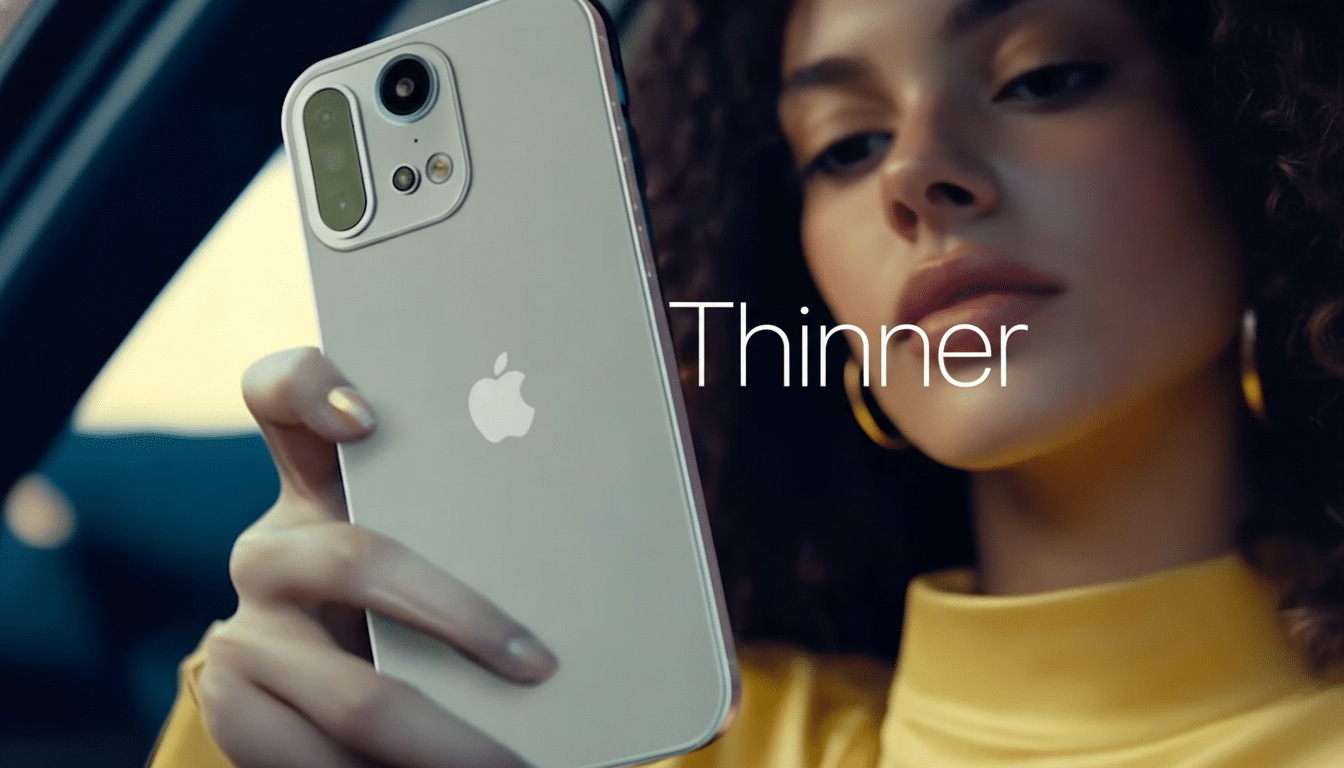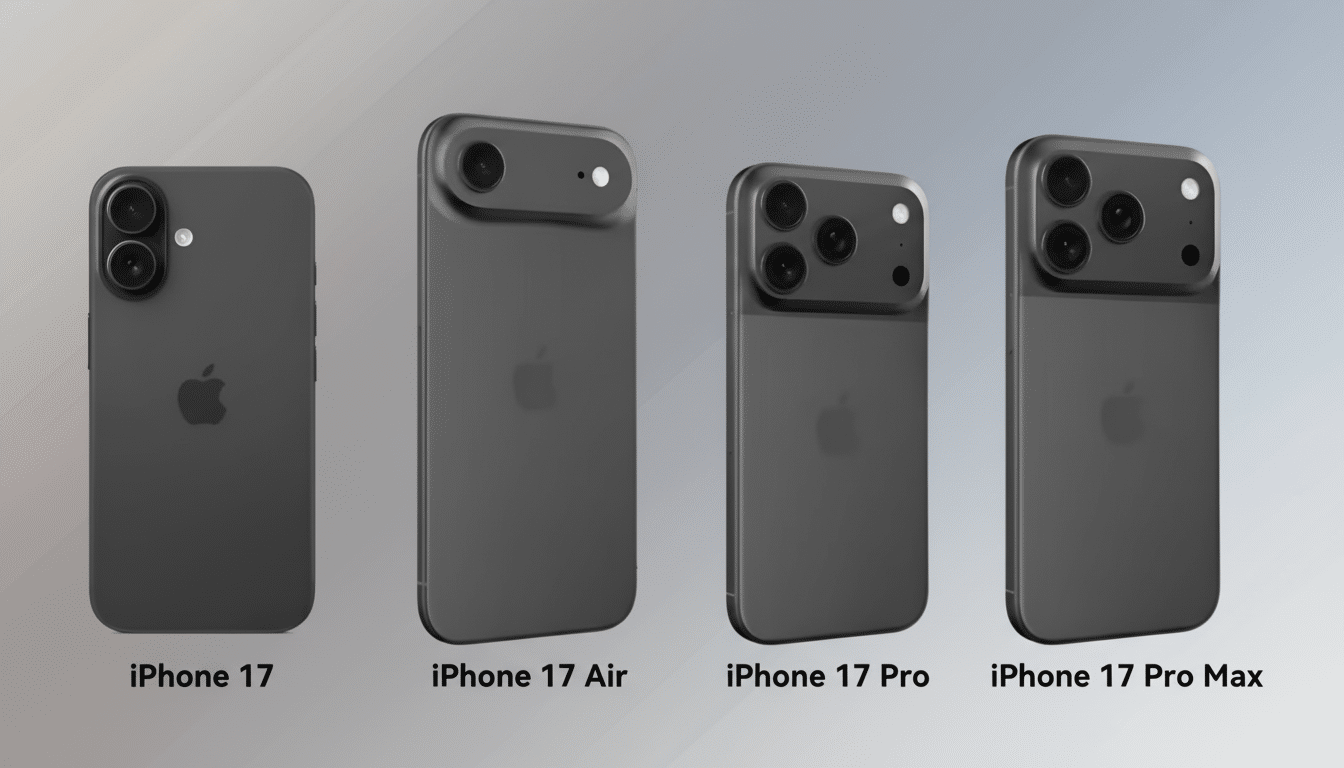Apple’s iPhone 17 series arrives with important improvements, but some of its major alterations are borrowed from ideas that Android manufacturers created. That’s not a criticism — borrowing the best thinking across platforms can often, over time, move an entire industry forward. Here are the five places Apple obviously took notes from its Android rivals, and why each change matters.
A camera bar that embodies Pixel’s design logic
The iPhone 17 Pro’s new camera bar stretches across a lot of the back and replaces Apple’s square module with a horizontal strip. It’s chunky, and should aid weight balance and internal packaging for larger sensors and folded optics. But it also emerged as a design language something Google popularized with the Pixel line and the first phone with which is has space for larger glass — Glass on the back, at that — and to let sit more stably on a desk.

Apple’s execution is premium, and it looks more distinct to the eye, but the functional philosophy mirrors what Pixels taught us: expand the shelf for camera hardware larger means more headroom for that componentry and thermal spread. It’s a clever pivot — just not a new one in the Android realm.
High‑resolution telephoto and “optical‑quality” zoom
Apple’s switch to a 48MP telephoto on the iPhone 17 Pro allows in‑sensor cropping and avoids the texture smear you can see when upscaling a 12MP feed. Apple’s marketing phrase — “up to 8x optical‑quality” — directly follows the types of things Google boasts about with its latest Pro‑tier Pixels, also when you’re relying on its high-res telephoto sensor and zooming in and using sensor crop and computational fusion to extend zoom while maintaining detail.
Physics still rules, of course. A native 5x or 10x optical path — as you’ll find on high‑end Android flagships will outresolve the crop‑based approach at longer range, and phones such as Samsung’s Ultra models nudge up into triple‑digit hybrid zoom. You do not need to look further than the findings of independent test houses like DxOMark that say it’s post processing, noise reduction and stabilization that dictates whether or not such “optical‑quality” claims will stand up. Apple is at last in the same playbook — and this fight moves as much to software pipelines as glass.
120Hz for the mainstream iPhone finally
The baseline iPhone 17 switching to 120Hz is long overdue from a competitive perspective. High‑refresh screens have been table stakes on Android for years now, making their way from premium flagships to midrange and even low-cost handsets from players like Samsung, Google, OnePlus and Xiaomi.
Analysts at Counterpoint Research and Omdia have commented on the swift adoption of high‑refresh panels in premium categories as suppliers geared up LTPO and 120Hz OLED output. The improvement brings the default iPhone user experience up to par with fluid scrolling, smoother animations and lower input latency that has been more widespread on Android. And it’s the kind of quality‑of‑life feature that you won’t want to give up after living with it.
Anti‑reflective screen tech following Galaxy’s lead
Apple’s new anti‑reflective coating on all iPhone 17 models is a subtle yet powerful improvement. Samsung made it a point of focus on its Ultra line thanks to Corning’s Gorilla Armor, which the company said can shave reflections by 75 percent compared to typical cover glass. The difference is immediate outdoors: less really harsh hotspots and better legibility in direct light without having to crank the brightness.

By taking this treatment to all iPhone 17s, not just the more expensive ones, Apple puts itself on a parallel with a well-known android advantage and makes visibility something that should be standard rather than tiered. Look for contrast and readability scores à la DisplayMate to reflect the difference.
Ultra‑thin iPhone Air is also the height of slim Android flagships
The iPhone Air’s 5.6mm thickness and 165g weight are headline feats, but they’re just a broader trend that Android brands have been able to explore for years.
The Galaxy S25 Edge – or something to that effect – is a possible recent thin-profile flagship alongside the likes of makers like Vivo and Oppo, meanwhile, have shipped ultra-thin designs that push the peaks of battery and thermal headroom.
Apple is all about minimalism in that third iteration, down to a single rear camera, while some Android alternatives cram several lenses into the same thickness range. The trade‑offs are old friends: slim frames can make it tough for heat to dissipate and alert me if that means this thing runs blistering after a few months; and so the long‑term tale here will be about sustained performance, and battery calibration. The idea, however, is right out of the Android playbook.
Why the copycatting matters
This doesn’t detract from iPhone 17’s allure. If anything, it shows how practical Apple is about picking up ideas that Android vendors proved with actual buyers: ergonomic camera bars, smarter zoom pipelines, high‑refresh screens for all, glare‑taming glass and criminally thin hardware. The result is an iPhone family that feels more modern in good part because it no longer stubbornly resists everything that already works on the other side of the aisle.
For shoppers, such cross‑pollination is a win. It narrows the feature gap, leaving competition around execution — image processing, thermal design, battery efficiency and long‑term software support — where the best phones distinguish themselves. On those fronts, the iPhone 17 series must now compete with rivals on their own terms, not just arrive late at them.

